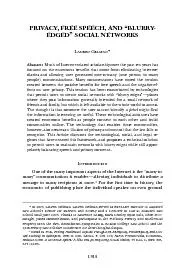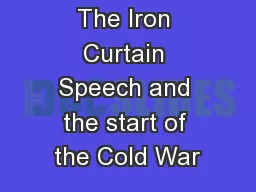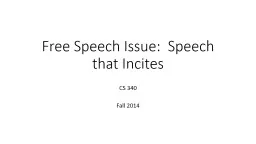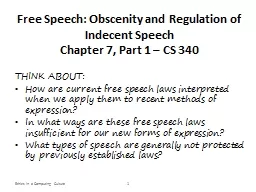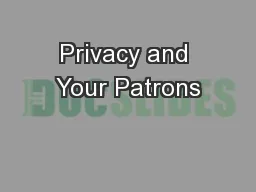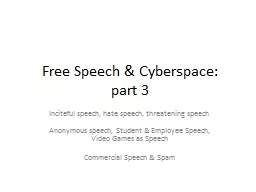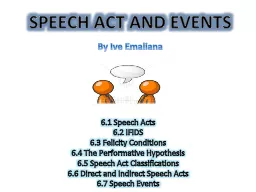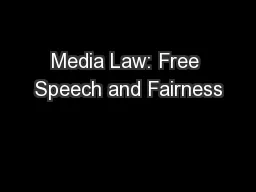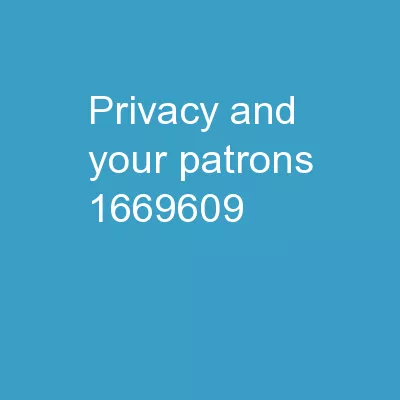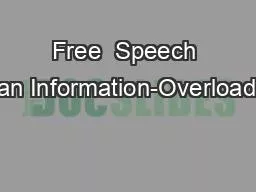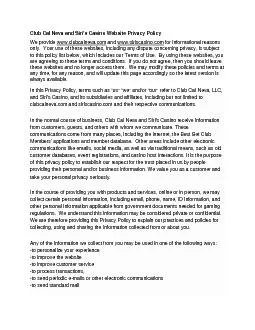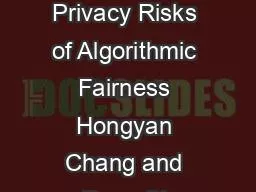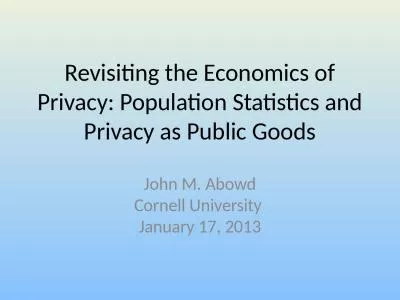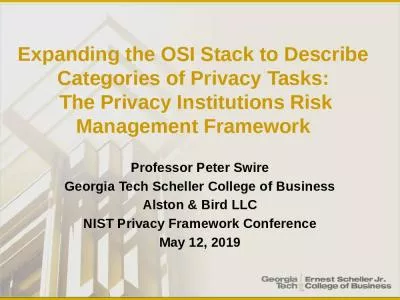PDF-PRIVACY, FREE SPEECH, AND “BLURRY-
Author : tawny-fly | Published Date : 2016-02-24
Lauren Gelman Much of Internetrelated scholarship over the past ten years has focused on the enormous benefits that come from eliminating interme One of the many
Presentation Embed Code
Download Presentation
Download Presentation The PPT/PDF document "PRIVACY, FREE SPEECH, AND “BLURRY-" is the property of its rightful owner. Permission is granted to download and print the materials on this website for personal, non-commercial use only, and to display it on your personal computer provided you do not modify the materials and that you retain all copyright notices contained in the materials. By downloading content from our website, you accept the terms of this agreement.
PRIVACY, FREE SPEECH, AND “BLURRY-: Transcript
Download Rules Of Document
"PRIVACY, FREE SPEECH, AND “BLURRY-"The content belongs to its owner. You may download and print it for personal use, without modification, and keep all copyright notices. By downloading, you agree to these terms.
Related Documents

